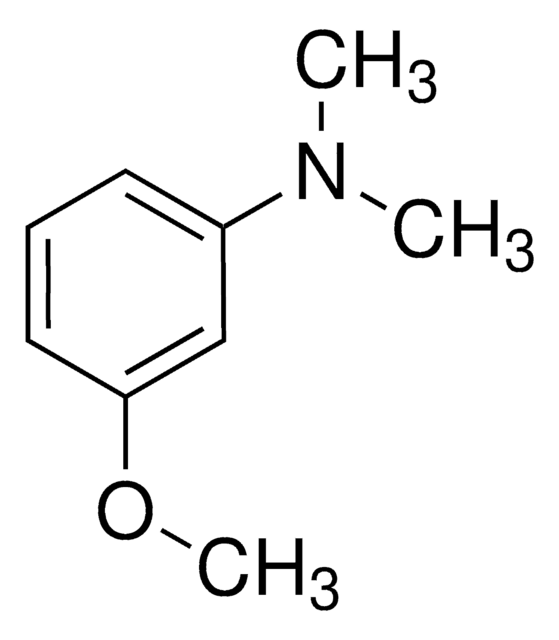E9750
Estrone
≥99% (HPLC), powder, estrogen receptor agonist
Synonyme(s) :
1,3,5(10)-estratriène-3-ol-17-one, Folliculine
About This Item
Produits recommandés
product name
Estrone, ≥99%
Source biologique
synthetic (organic)
Stérilité
non-sterile
Pureté
≥99%
Forme
powder
Pf
258-260 °C (lit.)
Solubilité
dioxane: 50 mg/mL, clear, colorless to very faintly yellow
Conditions d'expédition
ambient
Température de stockage
room temp
Chaîne SMILES
C[C@]12CC[C@H]3[C@@H](CCc4cc(O)ccc34)[C@@H]1CCC2=O
InChI
1S/C18H22O2/c1-18-9-8-14-13-5-3-12(19)10-11(13)2-4-15(14)16(18)6-7-17(18)20/h3,5,10,14-16,19H,2,4,6-9H2,1H3/t14-,15-,16+,18+/m1/s1
Clé InChI
DNXHEGUUPJUMQT-CBZIJGRNSA-N
Informations sur le gène
human ... ESR1(2099) , ESR2(2100) , ESRRA(2101) , ESRRB(2103) , HSD17B1(3292) , SERPINA6(866)
mouse ... Esr1(13982)
rat ... Esr1(24890)
Vous recherchez des produits similaires ? Visite Guide de comparaison des produits
Description générale
Application
- as medium supplement for hormone based degranulation studies of natural killer cells
- as an endocrine disrupting compound for screening bacterial biosensor in toxic water.
- as medium component for monitoring fatty acid synthase (FASN) activity in breast adenocarcinoma cell lines
Actions biochimiques/physiologiques
Caractéristiques et avantages
Produit(s) apparenté(s)
Mention d'avertissement
Danger
Mentions de danger
Conseils de prudence
Classification des risques
Carc. 2 - Lact. - Repr. 1A
Code de la classe de stockage
6.1C - Combustible acute toxic Cat.3 / toxic compounds or compounds which causing chronic effects
Classe de danger pour l'eau (WGK)
WGK 3
Point d'éclair (°F)
Not applicable
Point d'éclair (°C)
Not applicable
Équipement de protection individuelle
Eyeshields, Gloves, type P3 (EN 143) respirator cartridges
Certificats d'analyse (COA)
Recherchez un Certificats d'analyse (COA) en saisissant le numéro de lot du produit. Les numéros de lot figurent sur l'étiquette du produit après les mots "Lot" ou "Batch".
Déjà en possession de ce produit ?
Retrouvez la documentation relative aux produits que vous avez récemment achetés dans la Bibliothèque de documents.
Les clients ont également consulté
Articles
Discover Bioactive Small Molecules for ADME/Tox
Notre équipe de scientifiques dispose d'une expérience dans tous les secteurs de la recherche, notamment en sciences de la vie, science des matériaux, synthèse chimique, chromatographie, analyse et dans de nombreux autres domaines..
Contacter notre Service technique









